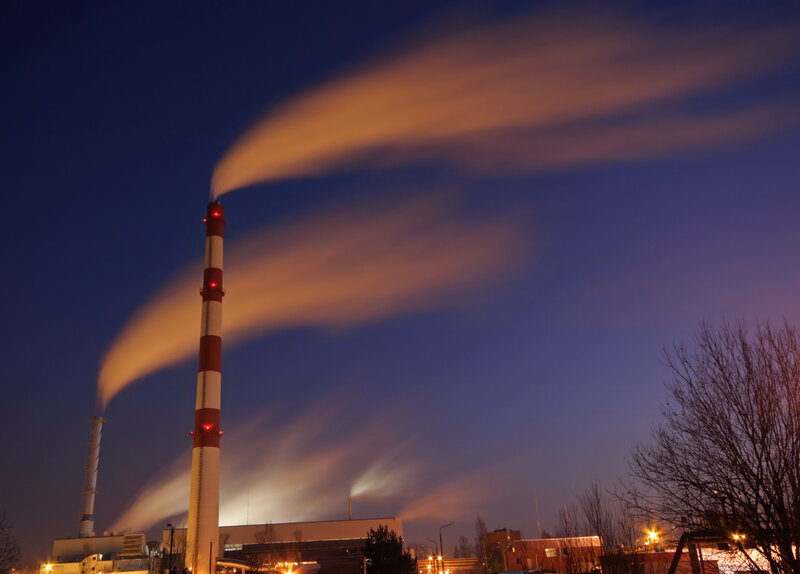Air quality describes the condition of the air in terms of the proportion of air pollutants it contains. Clean air or good air quality is a basic requirement for a healthy and productive life. According to the World Health Organisation (WHO), it is a fundamental human right. Despite improvements in air quality over the past three decades, the all-clear is far from given and the need to further improve air quality is existential.
The WHO's Air Quality Guidelines (AQG) are regularly updated and include recommendations for the four most common air pollutants: particulate matter, ozone, nitrogen dioxide and sulphur dioxide. Air quality is determined by numerous limit or guideline values laid down in laws or regulations. Air quality is monitored with ambient air monitoring networks, whose measuring stations can be located on busy roads (hot spots) or in forests (background values), among other places.
In September 2021, the WHO updated its global air quality guidelines (WHO 2021 Link ). These new air quality guidelines (WHO Air Quality Guidelines) are ambitious and recommend a mean annual concentration of fine particulate matter (PM2.5) of no more than 5 µg/m³, a mean annual concentration of nitrogen dioxide (NO2) of no more than 10 µg/m³, and for ozone (O3) a mean concentration during the summer months of no more than 60 µg/m³ (WHO 2021). In comparison, the previous values for PM2.5 were 10 µg/m3 and for NO2 40 µg/m3. A recommendation for a maximum long-term ozone exposure had not previously existed in the WHO recommendation from 2006.
The guidelines are not legally binding. But the EU has already announced within the framework of the Green Deal that it will revise the European Air Quality Directive by the end of 2022.

